|
Far Out! "Water is critical to sustaining life on Earth." NASA Hydrological Science Research Portal: https://neptune.gsfc.nasa.gov/hsb/ Study tracks “memory” of soil moisture MIT News: http://news.mit.edu/2017/smap-satellite-memory-soil-moisture-0116 The Apple and The Earth: http://www.iupui.edu/~ghw/lessons/materials/EarthAppleFarmlandNov02.pdf Carefully peel an apple in quarters (4/4). In comparison, three-fourths (3/4) of the apple represents the amount of water on Earth and one-fourth (1/4) represents Earth's total land surface. Yet, one-eighth (1/8) of this slice of land is "Uninhabitable and Non-Arable Land" - approx. 1/8 of the Earth's surface is inhospitable to people and to crops. This includes areas such as polar regions, deserts, swamps, and high or rocky mountains. The other one-eighth (1/8) represents one-half (1/2) of Earth's surface in which people live, but cannot necessarily grow food. If this one-eighth (1/8) of the apple is sliced into 4 even cross-sections, consider that three out of thirty-two (3/32) slices represent land in which people can live but cannot grow food. "Some of it use to be arable, but isn't any longer because it has been developed or turned into cities, suburbs, highways, etc., so it can no longer be formed. Governments have earmarked other areas, such as parks, nature preserves and other public lands to remain undeveloped forever". This leaves 1/32 remaining, which we will call our "most valuable part" - our "topsoil". Topsoil is our dark nutrient-rich soil that holds moisture and feeds us by feeding our crops. "Currently, 90% of U.S. croplands lose soil above the 'sustainable rate'." Some Facts About Farmland: "Erosion by wind and water is the most serious cause of soil loss and degradation. Although it is a natural process, erosion is accelerated greatly by things like construction, deforestation, and unsustainable practices in farming and animal grazing. In the U.S., soil is now eroding at 17 times the rate at which it forms (via 2014). The soil erosion rate is estimated to be double in Asia, Africa, and South America. In order to feed the nearly 80 million humans added to the population annually, 12 million acres of new land must be put into production. More than 25 million acres of productive arable land are severely degraded and abandoned worldwide every year—that’s an area the size of the states of Ohio, Indiana, Illinois, Michigan, Wisconsin, and Minnesota put together." How can we preserve farmland? By not building on arable land: Land covered up by buildings, highways, and other forms of development can't be used for growing crops. In the U.S., nearly 2.2 million acres of land are converted to urban and other uses each year. About 25% of that land is former cropland. By eating lower on the food chain: While over a billion people suffer from malnutrition or starvation, meat production requires a disproportionate amount of grain input. Producing a pound of beef in a feed lot requires seven pounds of grain, a pound of pork requires four, and a pound of poultry requires two pounds of grain. The land that is used to produce grain for consumption by animals is unavailable for growing grain for human consumption. By reducing pollution: Pollution impairs the ability of the land and the seas to provide food that's both sufficient in quantity and free of contaminants. By stabilizing human population growth: Food supply is an excellent example of the relationship between any resource and the size and consumption patterns of the population that depends on it. Simply put, the more people there are to feed, the less food there is to go around. Source: http://www.iupui.edu/~ghw/lessons/materials/EarthAppleFarmlandNov02.pdf ODA: Preserving Farmland http://www.agri.ohio.gov/divs/FarmLand/ Explore Climate Change Topics and Discover What Actions Humans Can Take Author: Marta Farrell, Education Specialist
0 Comments
Leave a Reply. |
Details
Author:
|
|
|
Contact:PHONE: (513) 695 - 1337
EMAIL: [email protected] HOURS: Monday - Friday 7:30am - 4:00pm (except holidays) Connect:Warren County Soil & Water Conservation District Copyright © 2016
Warren SWCD Privacy Notice. Emails are serviced by Constant Contact. Constant Contact's Privacy Notice. |
